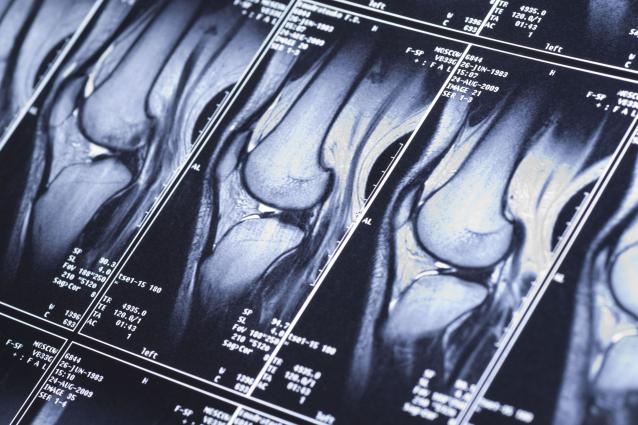What is Patella instability?
Patella instability is an injury of the knee which occurs when the patella (kneecap) slips out of its normal position located on the anterior part of the knee. The patella dislocates laterally, frequently tears the knee ligaments and cartilage and is accompanied by acute pain and disability. Young athletes and women suffer patellar dislocations more commonly than any other group.
What are the causes of patellar instability?
The most frequent cause is a congenital anomaly of the distal part of the thighbone called the ‘patellofemoral groove’ in which the patella normally fits and moves. In cases where this groove is uneven or too shallow, the kneecap slides out, resulting in a partial or complete dislocation. Trauma to the knee as a sharp blow to the kneecap during a fall, can also pop the kneecap out of place.
What are the symptoms of an unstable patella?
- Kneecap slips off to the side and can no longer support your weight
- Knee catches during movement
- Pain in the front of the knee that increases with activity
- Pain when sitting
- Stiffness
- Cracking sounds during movement
- Swelling
How is the diagnosis of patellar instability made?
During the physical examination, your surgeon will carefully examine the area around your kneecap and take measurements to determine if the bones are out of alignment or if the thigh muscles are weak. X-rays, a CT scan and often an MRI of the knee are essential to see how the kneecap fits in its groove and look for a tear in the cartilage or ligaments of the knee.
What are the possible treatments?
If the kneecap only dislocates partially, your surgeon may recommend nonsurgical treatments at first, such as physical therapy and a knee brace in order to help strengthen the muscles in your thigh so that the kneecap stays aligned. If this condition becomes chronic, with frequent and repetitive dislocations, minimally invasive arthroscopic surgery will be necessary in order to realign the patella and release the tissues that pull the kneecap off track : this surgery is called an ‘arthroscopic lateral retinacular release’ during which a microscopic camera and instrument are introduced inside the knee joint through two incisions of one centimeter each. This surgery can be done as an outpatient procedure.


